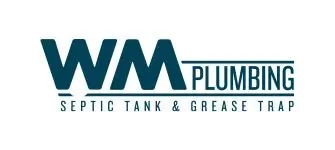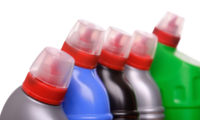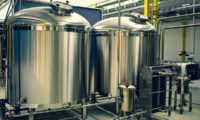How to Choose the Right Grease Trap for Your Restaurant
Running a restaurant requires attention to numerous details, and one critical aspect is maintaining proper waste management. A grease trap is an essential component in preventing fats, oils, and grease (FOG) from entering the sewer [...]
Preventing Mold and Moisture in Gym Plumbing
Maintaining a clean, safe, and healthy environment is essential in any gym, and one of the most common issues that can compromise this is the presence of mold and excess moisture, particularly in and around [...]
Are Chemical Drain Cleaners Bad for Your Septic System?
Chemical drain cleaners are a common household remedy for clogged drains. They promise quick and easy solutions to blockages caused by hair, grease, soap scum, and other debris. However, when it comes to homes with [...]
Grease Management in School Kitchens
Effective grease management in school kitchens is essential not only for maintaining hygiene and food safety but also for ensuring the proper functioning of kitchen equipment and plumbing systems. With the volume of meals prepared [...]
Water Heater Options for Small Retail Businesses
Selecting the right water heater for a small retail business is more important than it may initially seem. Whether you're running a boutique, a small café, a salon, or a service-based operation, having consistent and [...]
Grease Trap Best Practices for Breweries and Distilleries
In breweries and distilleries, maintaining clean and efficient wastewater systems is critical—not only for operational efficiency but also to comply with environmental regulations. One often-overlooked component of this system is the grease trap. While traditionally [...]






